Cyclone Biparjoy Approaches India – Thousands Evacuated, Deaths Reported
Introduction
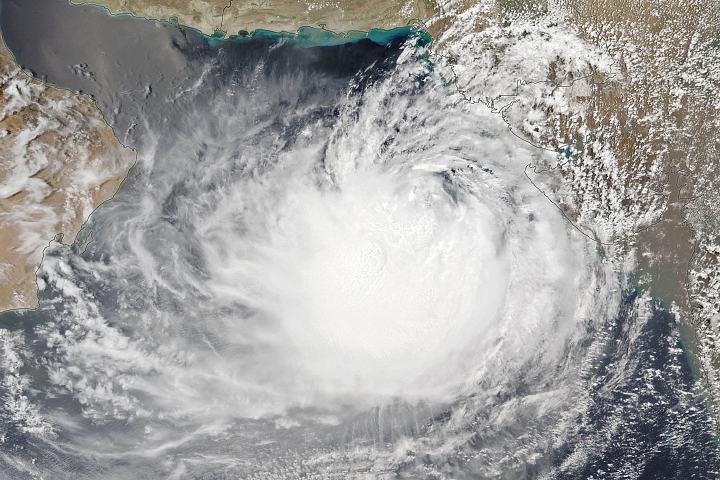
Cyclone Biparjoy, one of the most potent storms ever recorded in the North Indian Ocean, has approached India and Pakistan. As the storm moves towards the coast, heavy rains and flash floods are threatening both countries. The authorities have already reported deaths, and tens of thousands of people have evacuated their homes.
Peak Intensity Reached
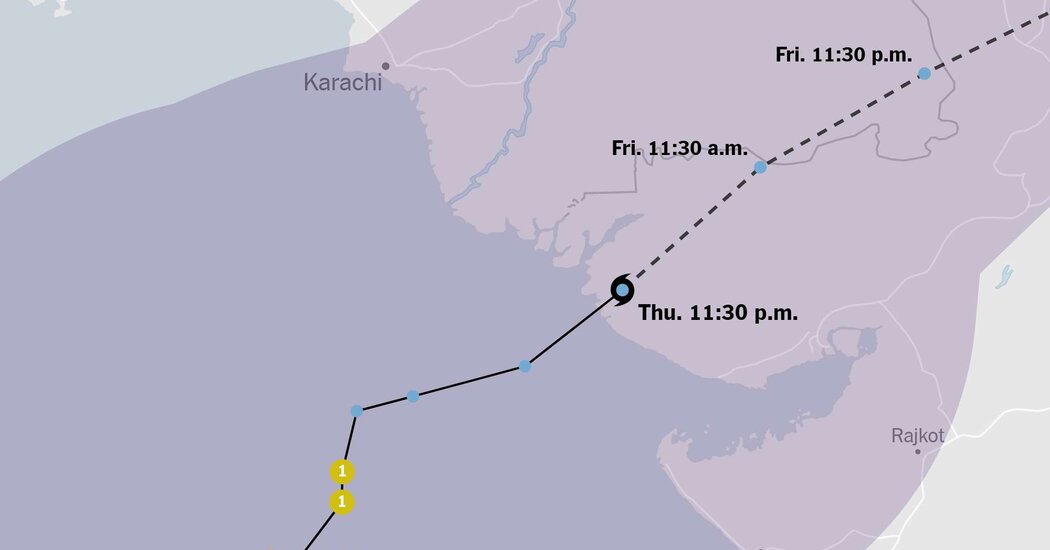
The storm reached its peak intensity of 105 mph (90 knots) on Tuesday near the northeastern Arabian Sea. The India Meteorological Department forecasts landfall near the India-Pakistan border around midday on Thursday, with sustained winds of 80 mph (70 knots) and torrential rain. The anticipated storm surge will cause a rise in water levels six to ten feet above normal on low-lying coastal regions. Cyclone warnings have been issued along the Saurashtra and Kutch coasts of Gujarat and storm surge alerts for the same region.
Evacuations Underway
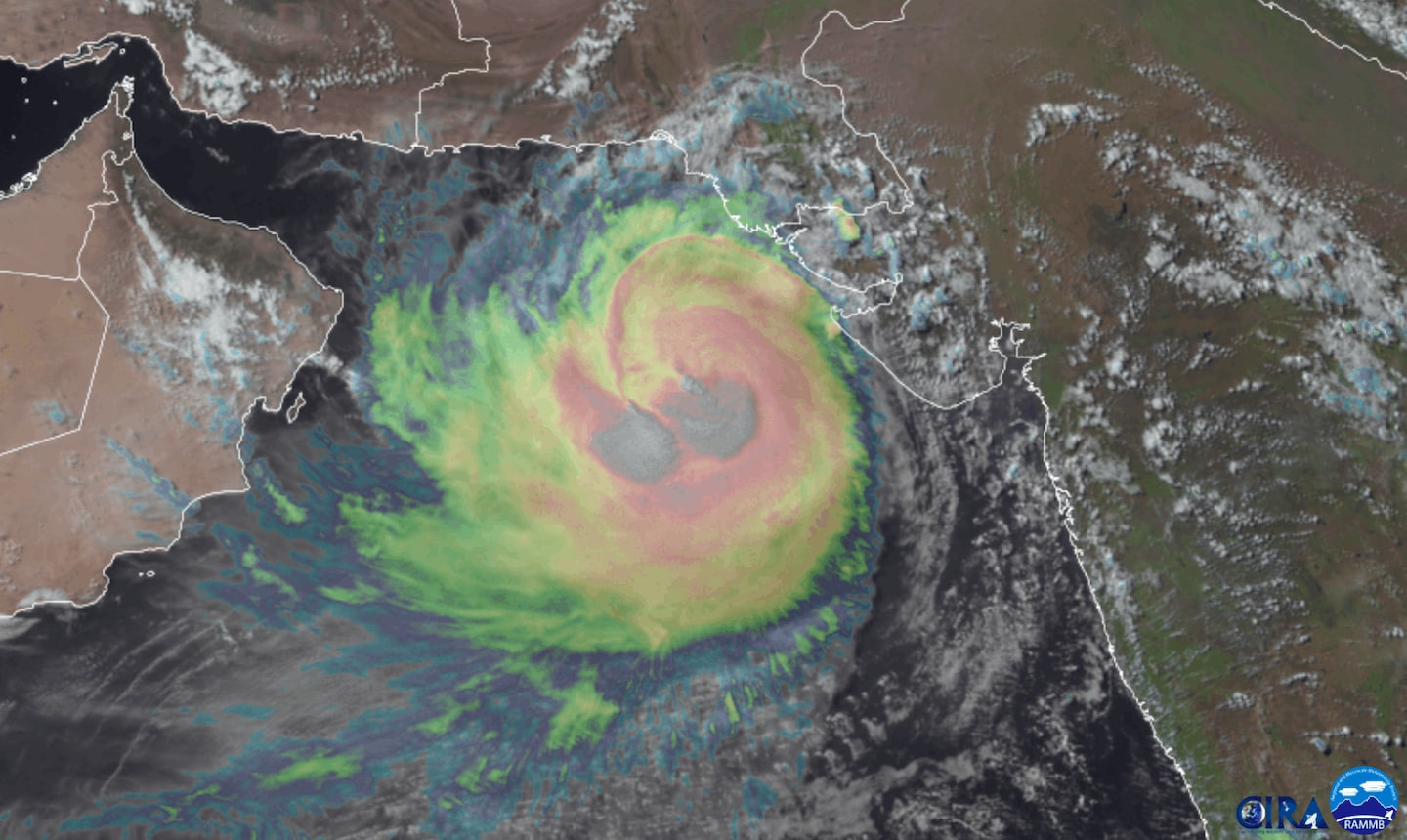
The authorities in Gujarat state have evacuated approximately 45,000 people from coastal regions, with the situation likely to worsen as the storm nears. Several deaths have already been reported across India because of heavy rain, high seas, and tidal flooding. Sindh province in Pakistan is also preparing for the worst, with over a hundred thousand people evacuated to temporary shelters in schools and government buildings.
Impact on Karachi
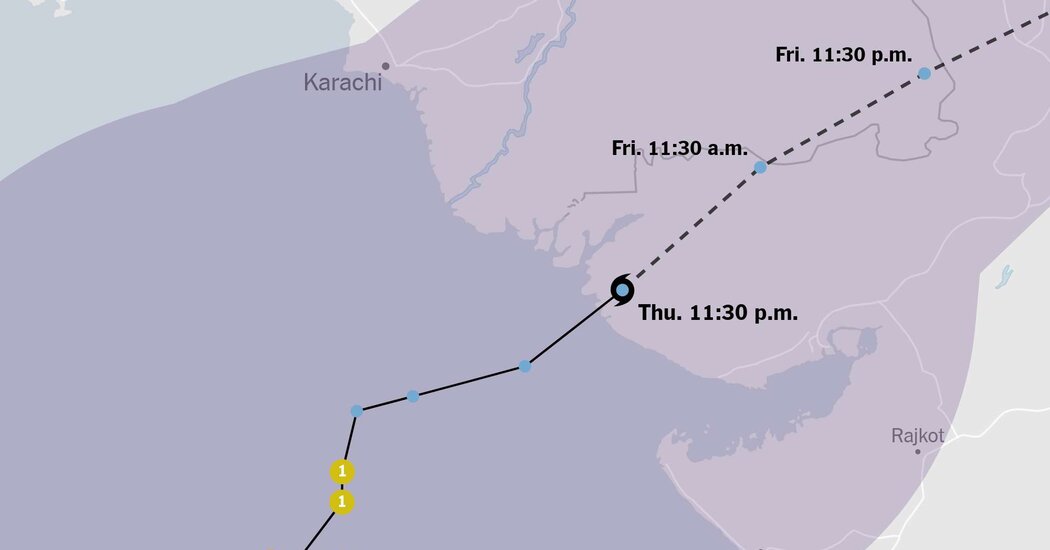
While Karachi is the region’s most significant city, the worst of the storm is expected to remain south of it. Still, strong winds and heavy rain are predicted to affect the city. The region is still recovering from historic flooding due to climate change that occurred here last year.
Energy and Infrastructure Impact
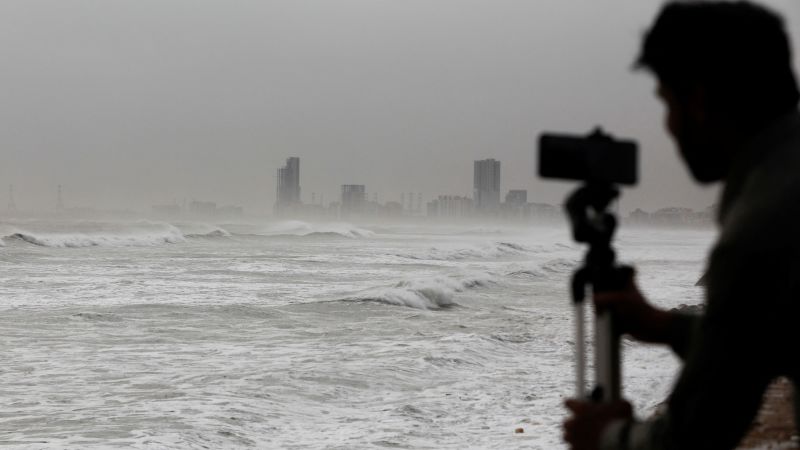
The area that Cyclone Biparjoy is expected to hit is sparsely populated, but much of the region is low-lying and susceptible to storm surges. Across the coastal region, there is a lot of energy infrastructure, and many major port locations are shut down as the storm approaches. Several large cities, including Porbandar, Jamnagar, and Morbi, are situated on and near the Gulf of Kutch to the south of the predicted point of landfall, making them vulnerable to inundation.
Impact on The Environment
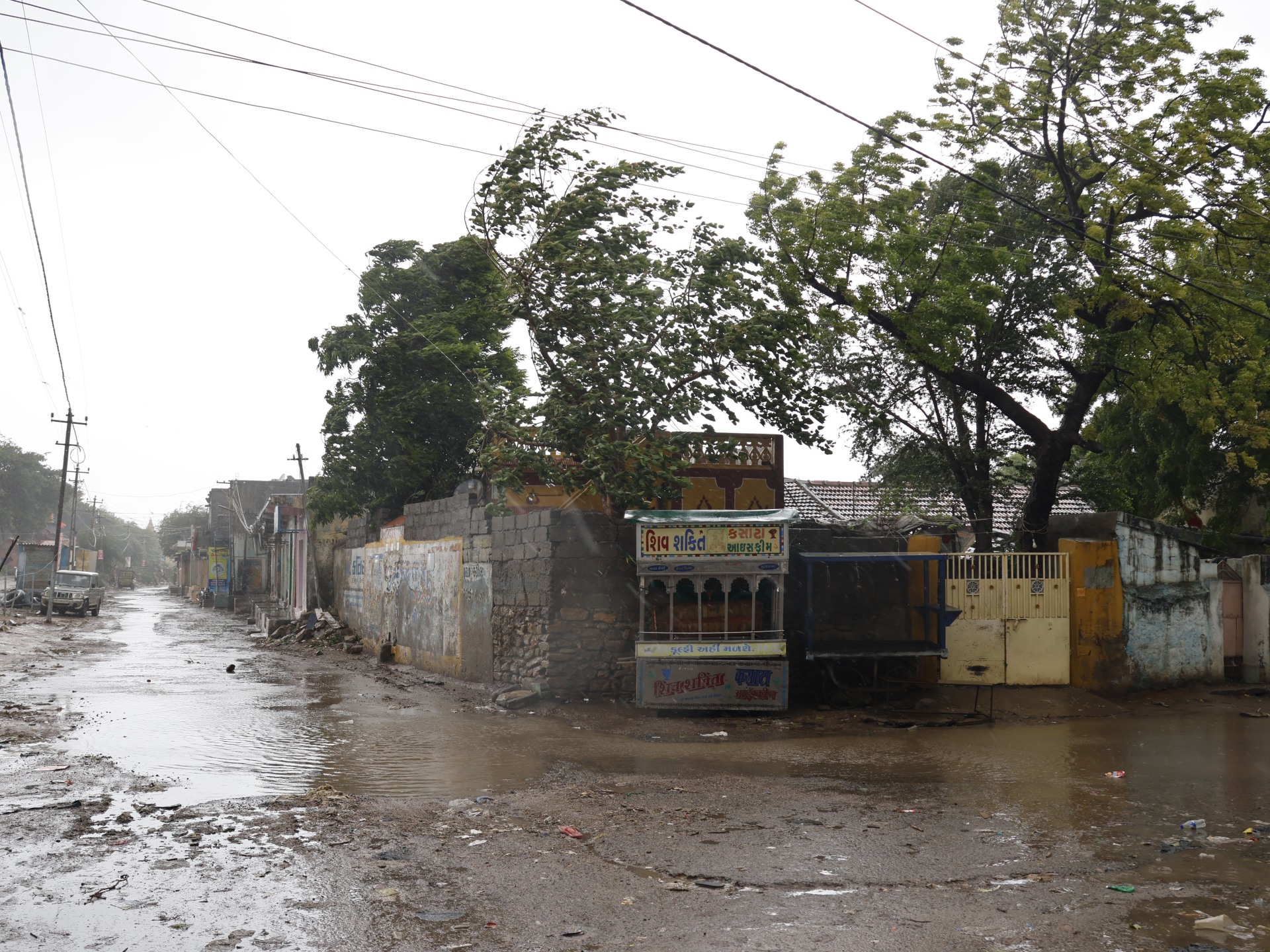
Beyond the wind and storm surge, Cyclone Biparjoy will likely lead to heavy rainfall because of its slow-moving nature. In the day after landfall, the storm is expected to speed up, but there could be excessive rain in its path, especially near the coast. The swath of rain will probably follow the storm track along and south of the Indo-Gangetic Plain, then into the Great Indian Desert. Higher levels of rainfall are likely, which will lead to flooding, and some landslides are possible, particularly in elevated areas, as the storm remnants run into the foothills of the Himalayas.
Conclusion

Cyclone Biparjoy is one of the most potent storms to hit the North Indian Ocean; the authorities in India and Pakistan are concerned about the potential death toll and damage to infrastructure. In Gujarat state, the authorities have evacuated tens of thousands of people to safety, but nevertheless, there have already been many tragic deaths in the build-up to the cyclone’s impact. The region is bracing itself for the most intense weather event in years.
FAQs

Q1. What other countries may be impacted by Cyclone Biparjoy?
A1. As of now, there are no reports of other countries being impacted besides India and Pakistan.
Q2. Why are cyclones in the Arabian Sea rare?
A2. Cyclones in the Arabian Sea are rare because of the basin’s tropical climate. However, warmer sea surface temperatures are making them more frequent.
Q3. Is climate change responsible for Cyclone Biparjoy?
A3. Yes, Cyclone Biparjoy is an example of how climate change and warming upper ocean impacts are contributing to cyclones moving slower and lasting longer.
Q4. What is the impact of Cyclone Biparjoy on infrastructure?
A4. Due to the cyclone’s slow-moving nature and the region’s low-lying topography, infrastructure, especially energy infrastructure and port locations, will be severely impacted.
Q5. What can people living in the impacted areas do to prepare for Cyclone Biparjoy?
A5. The authorities in both India and Pakistan have made emergency evacuations and shelters available to people living in coastal areas. People should avoid going near the coast and follow official advice to remain safe.

